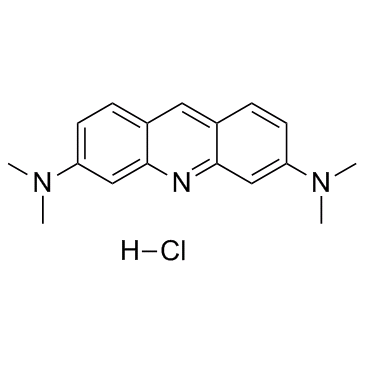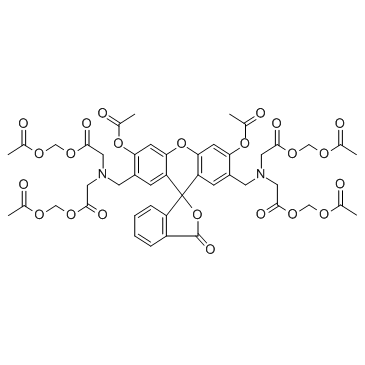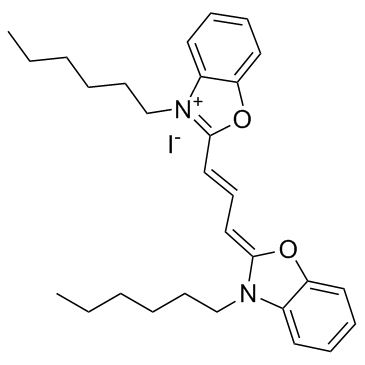| Structure | Name/CAS No. | Articles |
|---|---|---|
 |
Acridine Orange hydrochloride
CAS:65-61-2 |
|
 |
Calcein-AM
CAS:148504-34-1 |
|
 |
3,3'-Dihexyloxacarbocyanine iodide
CAS:53213-82-4 |